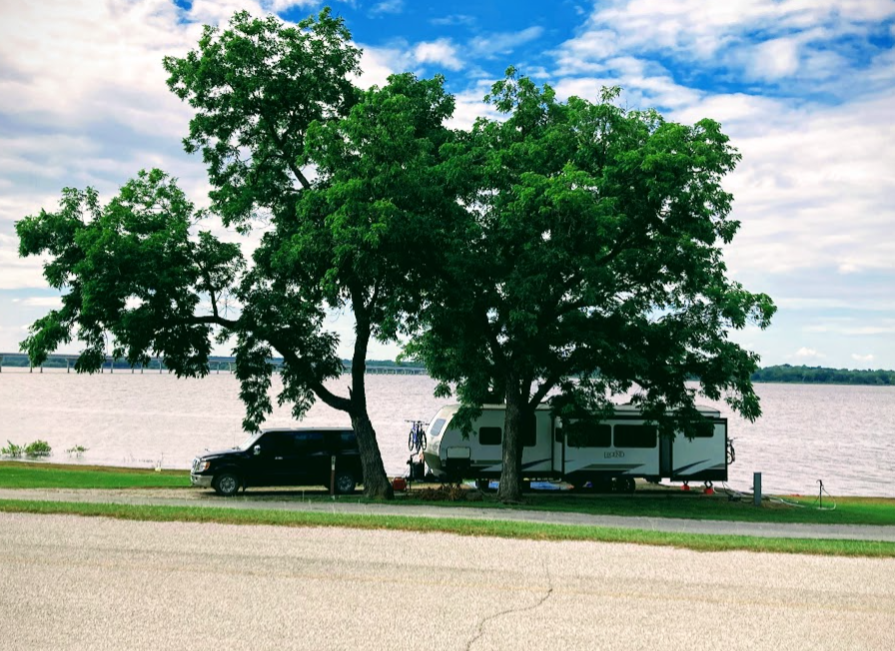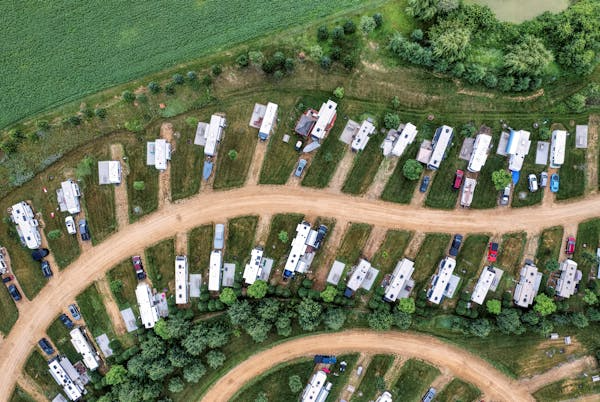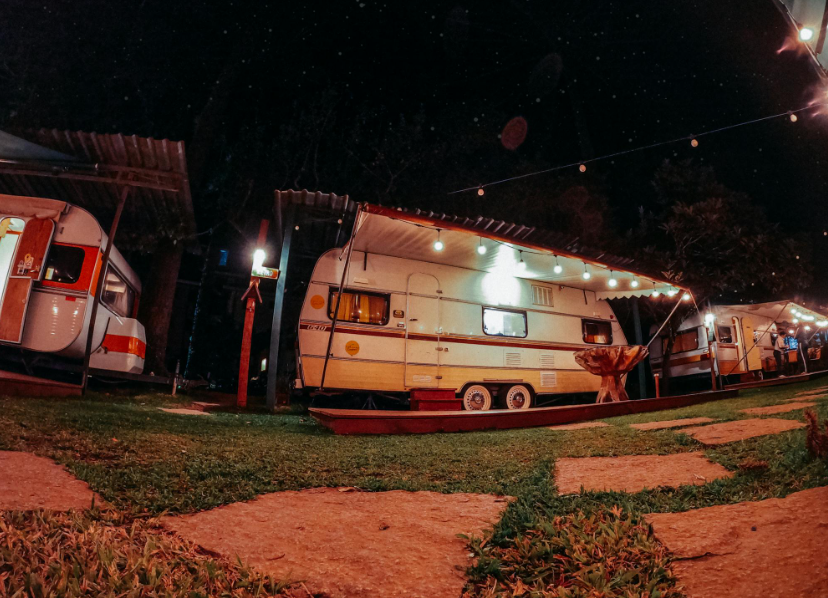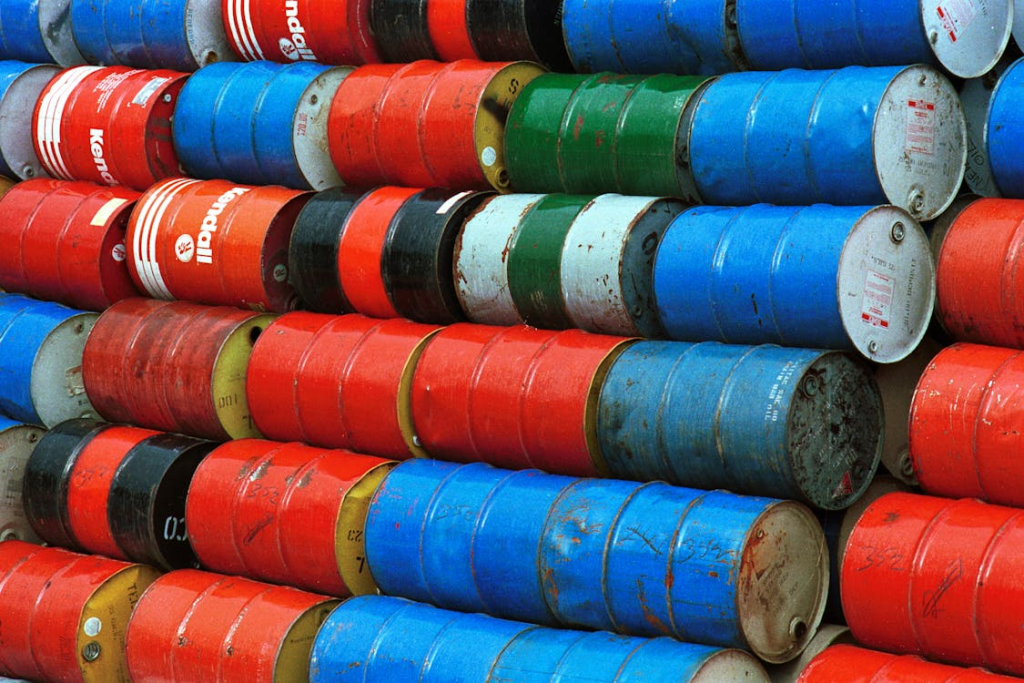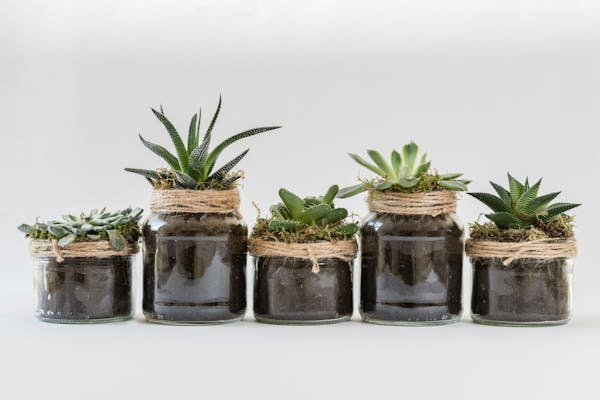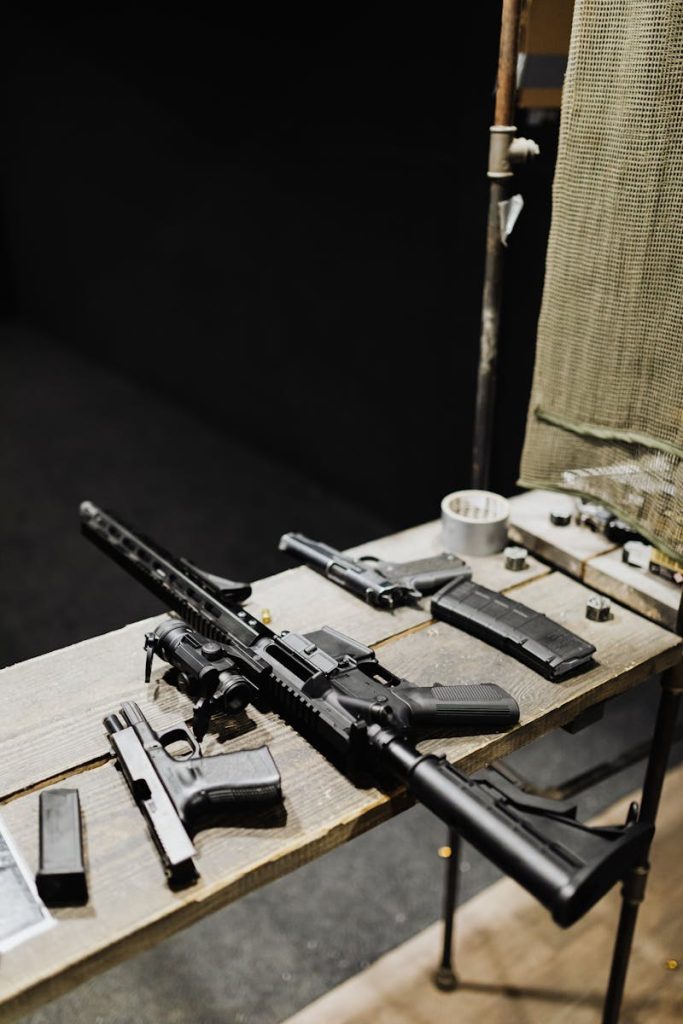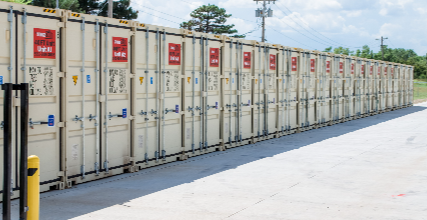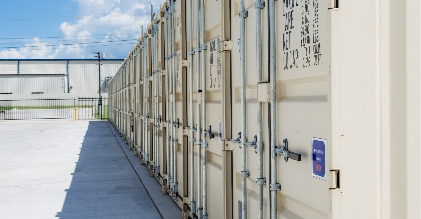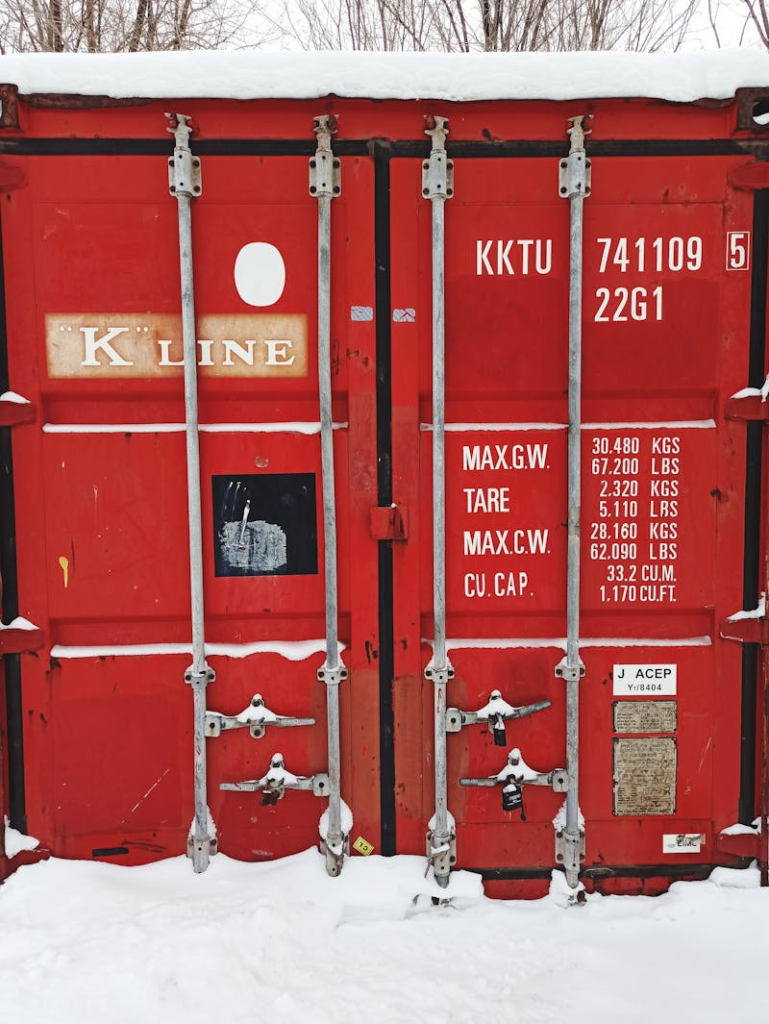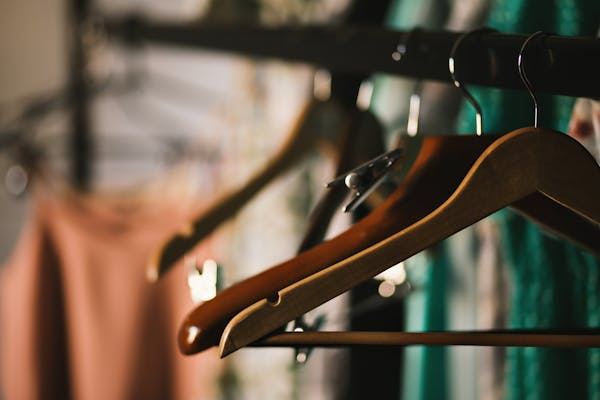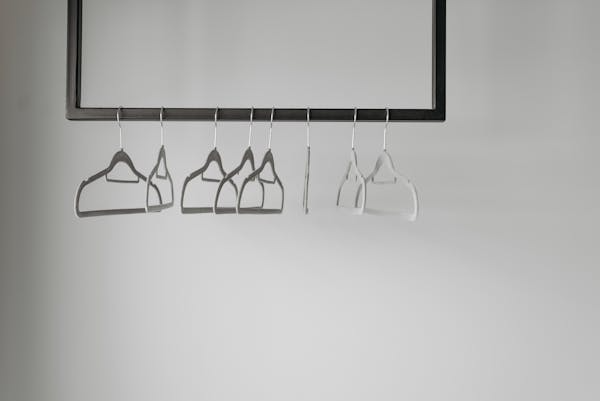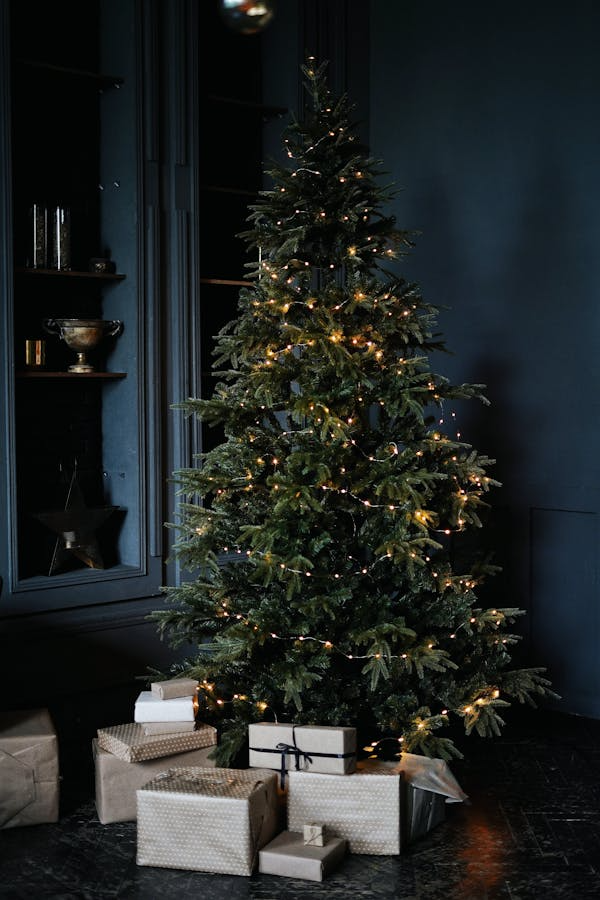Can You Really Pack for a Move in One Day? Yes. But You Might Need Help
Most people dread the thought of moving, and the idea of packing up everything in just one day? That seems even worse! But let’s be real, sometimes moving quickly can actually be a good thing! No wasting time on procrastination, overthinking, or getting too sentimental about every item. You pack up, you move, and it’s done.
Sounds a bit unrealistic, but is it really? What if you really could pack everything in just one day and get it over with?
It’s entirely possible with the right approach and techniques. We know that better than anyone else, having worked with many people in between moves and who chose to store their things in our storage units.
So we decided to put together this guide with essential tips to pack for a move in one day.
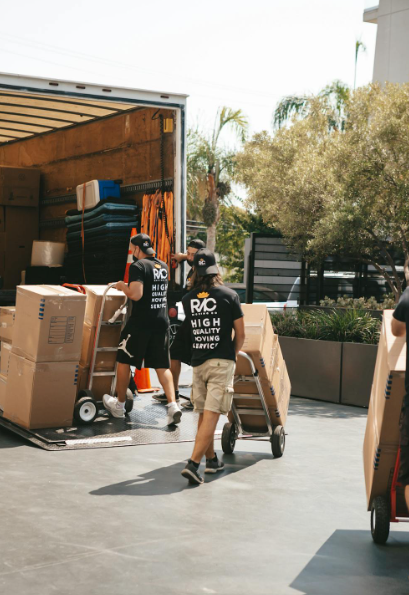
Set Realistic Expectations
As much as you want to stay optimistic about packing and moving quickly, it’s important to be realistic. Don’t put too much pressure on yourself. Take a moment to truly think about whether packing everything in one day is possible for you. The truth is that it’s not always possible for everyone, especially if you’re moving into a bigger space or a new neighborhood, juggling a busy schedule, or dealing with fragile items.
That said, for smaller moves or if you’re super organized, it’s definitely doable! Just take a step back, assess your situation and then plan accordingly.
The Key to Packing in One Day: Planning and Organization
Want to know the real secret to packing up and moving in just one day? It’s all about planning and staying organized.
Stick to this checklist for moving home:
- Start Early – Give yourself a head start so you’re not scrambling at the last minute.
- Declutter – The less you have to pack, the easier it’ll be.
- Prioritize – Focus on what matters most and don’t get lost in the details.
A quick and stress-free move doesn’t start on moving day. It starts at least a day before.
Take some time to get things in order so that you’re not running from location to location like crazy when moving day arrives.
Use this packing for a move checklist:
- Get your boxes, tape, and bubble wrap in advance so you’re not making emergency runs to the store
- Jot down must-do tasks like setting up utilities or changing your address
- Take pictures of how your electronics and furniture are set up before unplugging or disassembling them
- Pack a “first-night” box with essentials like toiletries, towels, and a change of clothes
- If you’re drowning in stuff, consider hiring professional movers or renting a storage unit near your neighborhood to alleviate some of the workload
Create Packing Zones
To make packing more efficient and less overwhelming, break your home into packing zones and tackle one area at a time. It’ll help you stay focused and not run around your entire home feeling scattered around.
For instance, you could start with the least-used spaces like attic, basement, or storage closets since the things in there are usually non-essentials. Once those are packed, you can move on to more frequently used rooms like bedrooms, the kitchen, living room.
This method keeps things organized, prevents unnecessary back-and-forth, and helps you see real progress as you go.
Packing for a Move Tips
As we said above, using the room-by-room packing strategy can help you stay on track and avoid chaos. But this is not the only packing technique to keep things running smoothly. Here are some other packing for move tips to try.

Label everything clearly to save yourself time and frustration later. Clearly label each box with its contents and the room it belongs in as this will save you from rummaging through random boxes later.
Wrap up anything you won’t be using in the days leading up to your move, and pack heavy items like books in smaller boxes while keeping lighter items like clothes in larger ones. For extra convenience, leave clothes on hangers and slip them into trash bags with hooks sticking out. (This makes unpacking so much easier).
Make the most out of your space by stacking items vertically, like plates and bowls, to maximize box capacity and keep fragile items secure.
For an extra level of organization, consider color-coding your boxes by room. A simple trick that makes unpacking a whole lot easier.
Manage Your Time and Priorities
Packing in one day might seem intense, but trust us, with a smart packing for a move timeline, it totally can be done.
Start by creating a simple schedule, breaking the day into chunks with regular breaks to keep yourself from burning out. Focus on important things first, like medications, documents, and anything else you’ll need right away.
Using a timer can also help keep you on track. It helps you move quickly without overthinking what to pack next.
If possible, call all reinforcements like friends, family members to make the process faster (and maybe even fun). And remember, home moving is stressful so don’t let small hiccups throw you off. Stay patient, take a deep breath when things can be frustrating, and remind yourself that at the end of the day, you’ll be packed and all done.
Use Storage Units to Your Advantage
If you have items you don’t need right now or aren’t sure how to pack, reserve a storage unit to make your life easier during your move. Instead of cluttering your new space with things you’re not ready to unpack, you can keep them safe and out of the way until you’re settled.
Storage units are especially helpful if you’re downsizing, in between homes, or just need some extra time to figure out a location where everything should go. They give you the flexibility to move at your pace without feeling overwhelmed by too many boxes all at once.
Wrapping Up: Yes, You CAN Pack in One Day!
Packing up your entire home in one day may sound like a wild challenge, but with the right moving homes checklist, it’s absolutely possible! The trick is to stay organized, plan ahead, and keep things moving at a steady pace!
And if you really want to make your life easier, consider using a storage unit near your location. At My Storage Box, we’ve got flexible options that can take some pressure off. Store what you don’t need right away, so your new place isn’t a mess of boxes.
With a little prep, some help, and a bit of space to breathe, you’ll be ready to go in no time!
Plus, My Storage Box offers 24/7 access, video monitoring, and gated entry to ensure your items are safe. Click the link below to get started, where you can reserve a unit and make monthly payments. You can also call us at (580) 300-3006. Talk to you soon!

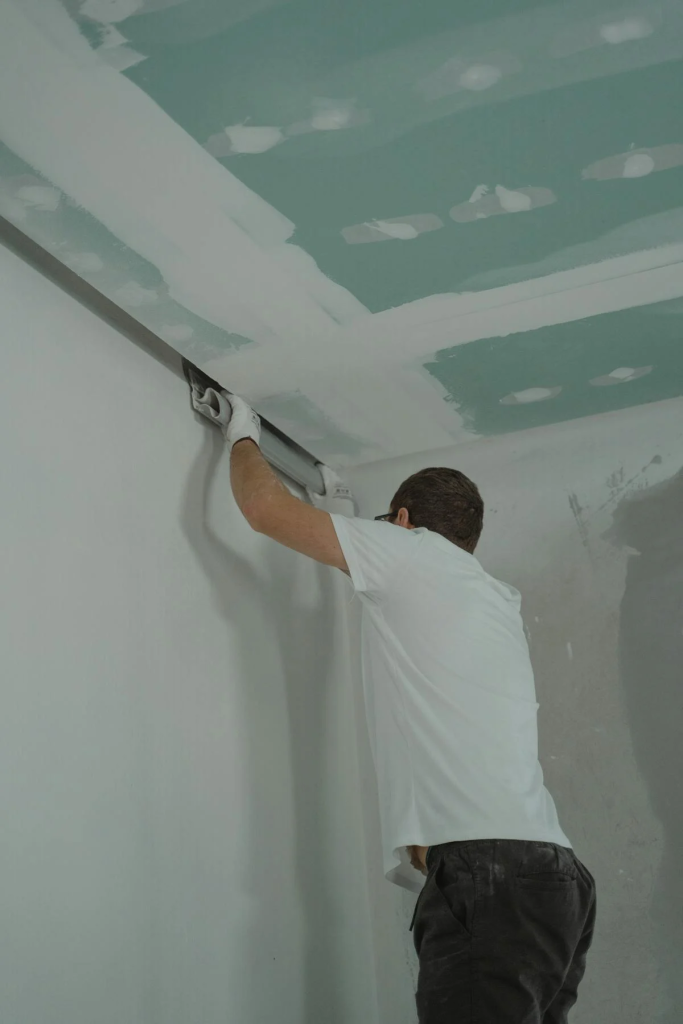
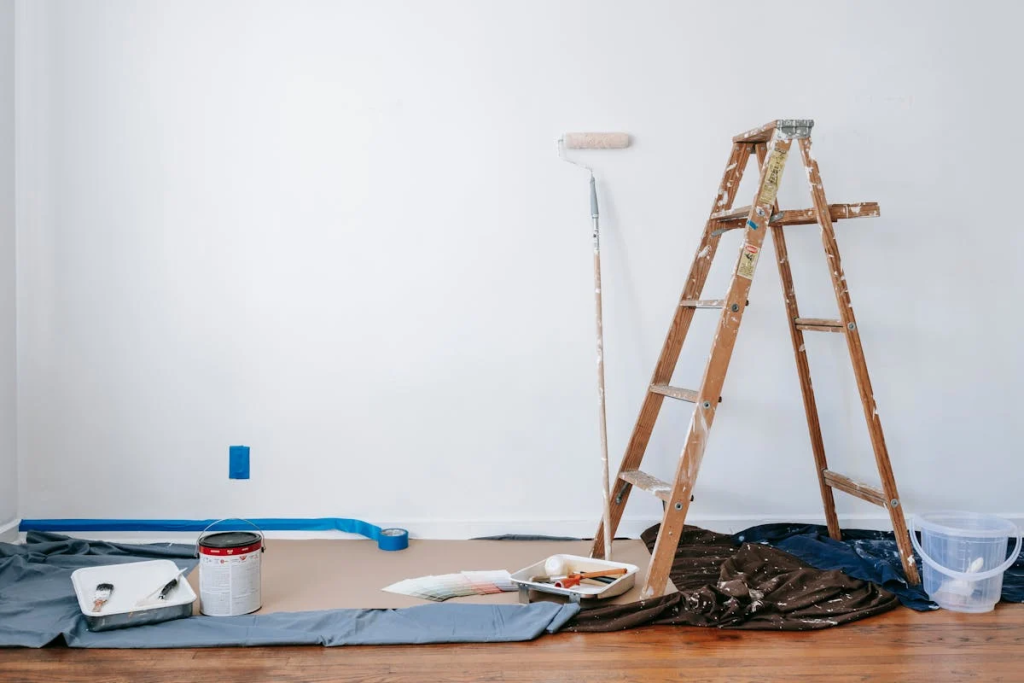



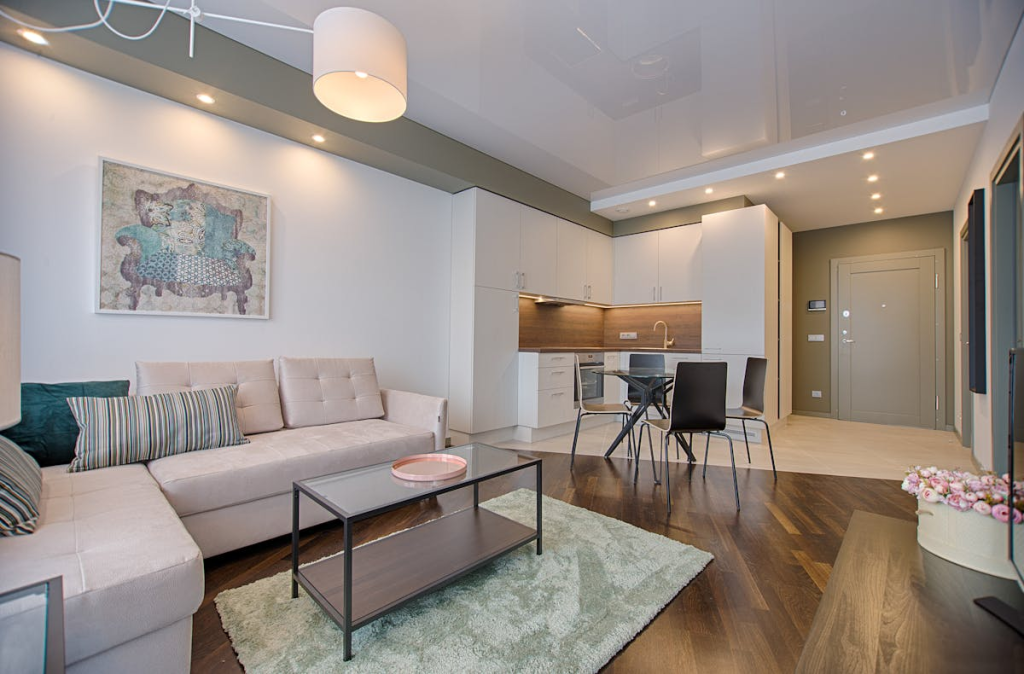
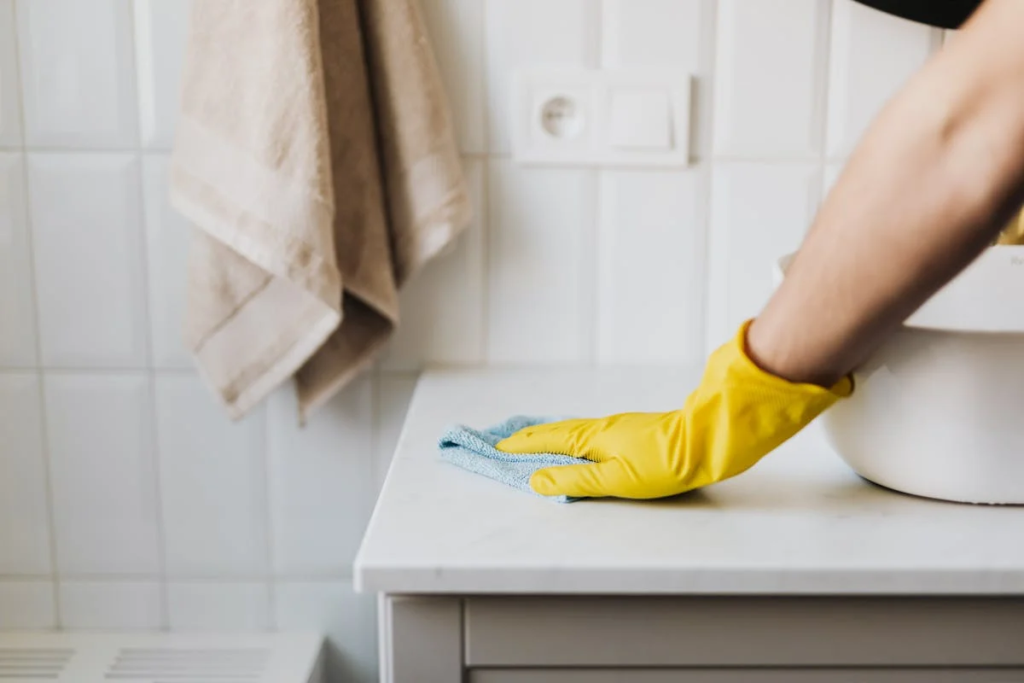



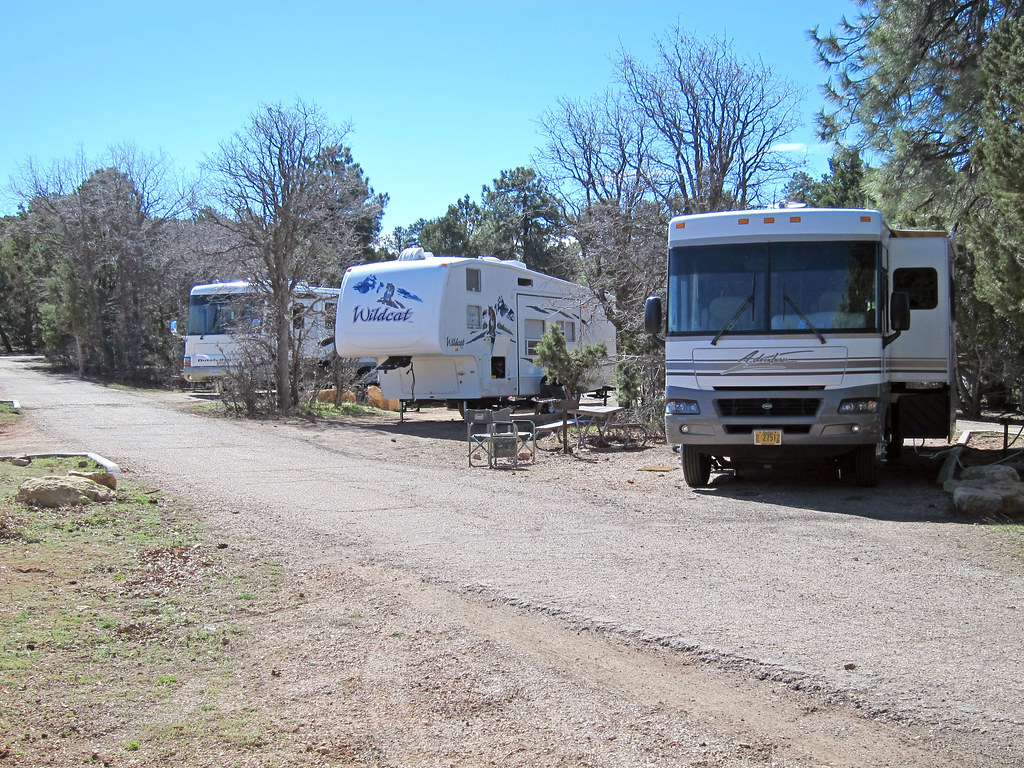
 ).
).